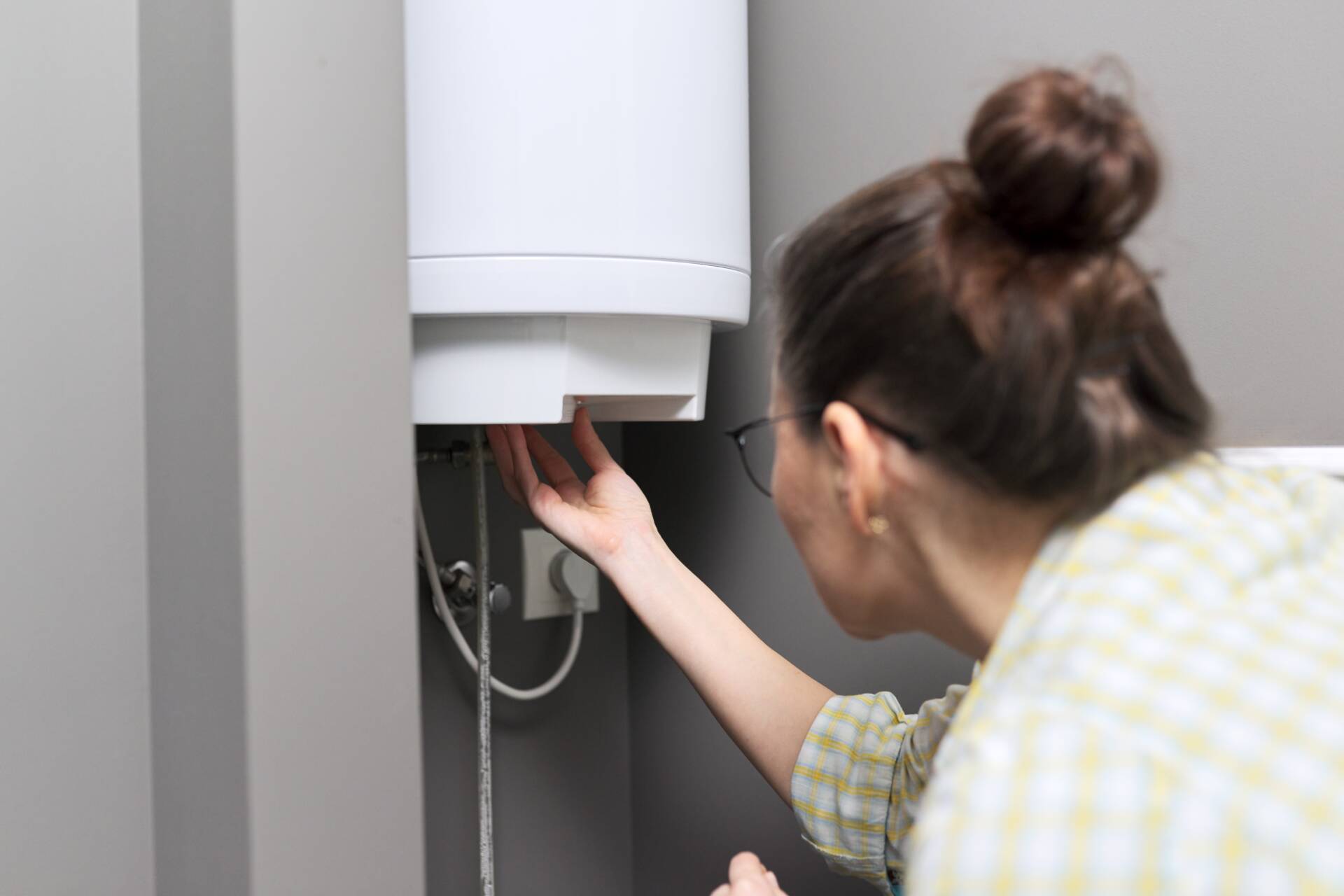This great article listed below involving How to Maintain Your Water Heater & Prolong its Life is exceptionally enjoyable. You should check this stuff out.

Warm water is crucial for day-to-day comfort, whether it's for a revitalizing shower or washing recipes. To ensure your warm water system runs efficiently and lasts longer, routine maintenance is crucial. This article supplies practical ideas and understandings on just how to maintain your home's hot water system to stay clear of disruptions and expensive fixings.
Introduction
Keeping your home's warm water system might seem overwhelming, however with a couple of simple steps, you can guarantee it operates smoothly for several years to come. This overview covers every little thing from comprehending your warm water system to DIY upkeep tips and understanding when to call in expert assistance.
Importance of Preserving Your Warm Water System
Regular maintenance not just extends the life expectancy of your warm water system yet also guarantees it runs efficiently. Ignoring upkeep can result in reduced effectiveness, higher energy bills, and even early failing of the system.
Signs Your Hot Water System Needs Upkeep
Recognizing when your hot water system requires attention can stop major issues. Look out for indicators such as irregular water temperature, strange noises from the heater, or rusty water.
Flushing the Water Heater
Purging your hot water heater eliminates debris accumulation, enhancing effectiveness and extending its life.
Monitoring and Changing Anode Rods
Anode poles protect against deterioration inside the container. Evaluating and changing them when worn is essential.
Complicated Problems Requiring Professional Help
Instances consist of significant leaks, electric issues, or if your hot water heater is constantly underperforming.
Routine Professional Maintenance Conveniences
Expert maintenance can include detailed examinations, tune-ups, and making sure conformity with safety standards.
Evaluating and Changing Temperature Level Setups
Changing the temperature settings makes certain ideal efficiency and safety and security.
Do It Yourself Tips for Maintenance
You can execute a number of maintenance jobs yourself to keep your warm water system in top condition.
Checking for Leakages
Consistently check pipes and links for leaks, as these can lead to water damage and greater bills.
Recognizing Your Warm Water System
Before diving right into upkeep jobs, it's useful to comprehend the basic components of your hot water system. Commonly, this consists of the hot water heater itself, pipelines, anode poles, and temperature level controls.
Monthly Maintenance Tasks
Routine regular monthly checks can aid catch small issues prior to they escalate.
Examining Stress Relief Valves
Checking the pressure relief valve ensures it operates correctly and protects against extreme stress build-up.
Insulating Pipelines
Insulating hot water pipelines decreases warmth loss and can save power.
When to Call a Professional
While do it yourself upkeep is useful, some concerns require specialist knowledge.
Conclusion
Routine upkeep of your home's hot water system is vital for performance, longevity, and expense financial savings. By following these tips and understanding when to look for specialist help, you can make sure a reliable supply of hot water without unanticipated interruptions.
How to Maintain an Instant Hot Water Heater
Before tinkering with your hot water heater, make sure that it’s not powered on. You also have to turn off the main circuit breaker and shut off the main gas line to prevent accidents. Also turn off the water valves connected to your unit to prevent water from flowing into and out of the appliance. 2. When you’re done, you have to detach the purge valves’ caps. These look like the letter “T†and are situated on either side of the water valves. Doing so will release any pressure that has accumulated inside the valves while at the same time avoid hot water from shooting out and burning your skin. 3. When the purge valves’ caps are removed, you have to connect your hosing lines to the valves. Your unit should have come with three hoses but if it didn’t, you can purchase these things from any hardware or home repair shops. You can also get them from retail stores that sell water heating systems. Read the user’s manual and follow it to complete this task properly. When the hosing lines are connected, open the purge port’s valves. 4. You should never use harsh chemical cleaners or solutions when cleaning your unit. Make use of white vinegar instead. It should be undiluted and you’ll probably use about 2 gallons. 5. Now flush your water heater. This task should probably take about 40 minutes. We can’t give you specific directions for this because the procedure is carried out depending on the type, model and brand of your heater. With that being said, refer to the user’s manual. 6. When you’re done draining the unit, you have to turn off the purge port valves again. Remove the hosing lines that you earlier installed on each of the water valves. Put the valve caps (purge port) back in their respective places and be very careful so as not to damage the rubber discs that are found inside these caps. 7. Now that everything’s back in place, check your user’s manual again to find out how to reactivate your water heating system. 8. Once it is working, turn one of your hot water faucets on just to let air pass through the heater’s water supply pipes. Leave the tap on until water flows smoothly out of it. https://www.orrplumbing.com/blog/2014/september/how-to-maintain-an-instant-hot-water-heater/

As a devoted person who reads about Tips on Maintaining a Water Heater, I figured sharing that excerpt was worthwhile. Are you aware of someone else who is occupied with the subject? Do not hesitate to share it. Thank you for taking the time to read it.
Call Today